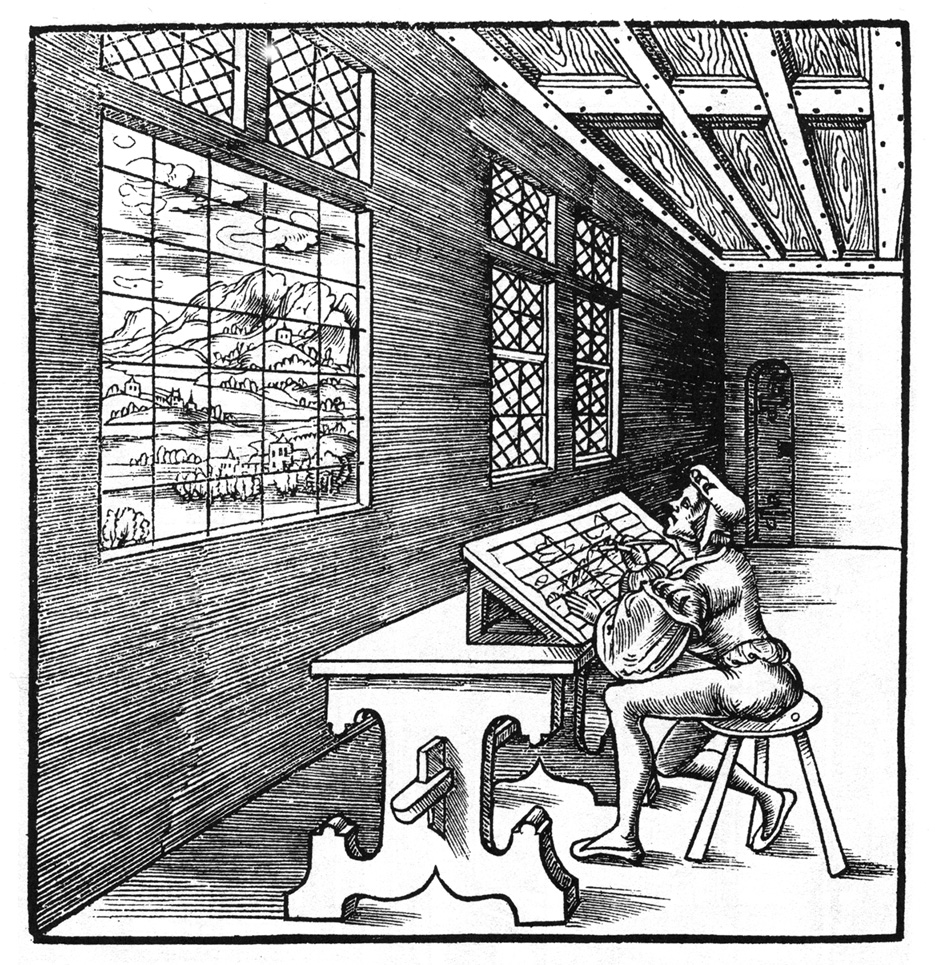26
William J. Mitchell (1994) claims, "The tale of computer image synthesis in the 1970s and 1980s ... strikingly recapitulates the history of European painting from the miracle of Masaccio's Trinity to the birth of photography ... Synthesized images can now be virtually
point-for-point matches to photographs of actual scenes, and there is experimental evidence that, for certain sorts of scenes, observers cannot distinguish these images from photographs". But even if we cannot always tell synthesized images from photographs, we can distinguish
the different strategies that painting and photography have adopted in striving for immediacy, and we can explore how digital graphics borrows and adapts each of these strategies.
William J. Mitchell (1994) claims, "The tale of computer image synthesis in the 1970s and 1980s ... strikingly recapitulates the history of European painting from the miracle of Masaccio's Trinity to the birth of photography ... Synthesized images can now be virtually
point-for-point matches to photographs of actual scenes, and there is experimental evidence that, for certain sorts of scenes, observers cannot distinguish these images from photographs". But even if we cannot always tell synthesized images from photographs, we can distinguish
the different strategies that painting and photography have adopted in striving for immediacy, and we can explore how digital graphics borrows and adapts each of these strategies.
Digital graphics extends the tradition of the Albertian window.It creates images in perspective, but it applies to perspective the rigor of contemporary linear algebra and projective geometry (Foley et al. 1996, 229-283). Computer-generated projective images are mathematically perfect, at least within the limits of computational error and the resolution of the pixelated screen.
Digital graphics extends the tradition of the Albertian window.It creates images in perspective, but it applies to perspective the rigor of contemporary linear algebra and projective geometry (Foley et al. 1996, 229-283). Computer-generated projective images are mathematically perfect, at least within the limits of computational error and the resolution of the pixelated screen.
 Log-in
Log-in Source type: picture
Source type: picture Source type: picture
Source type: picture